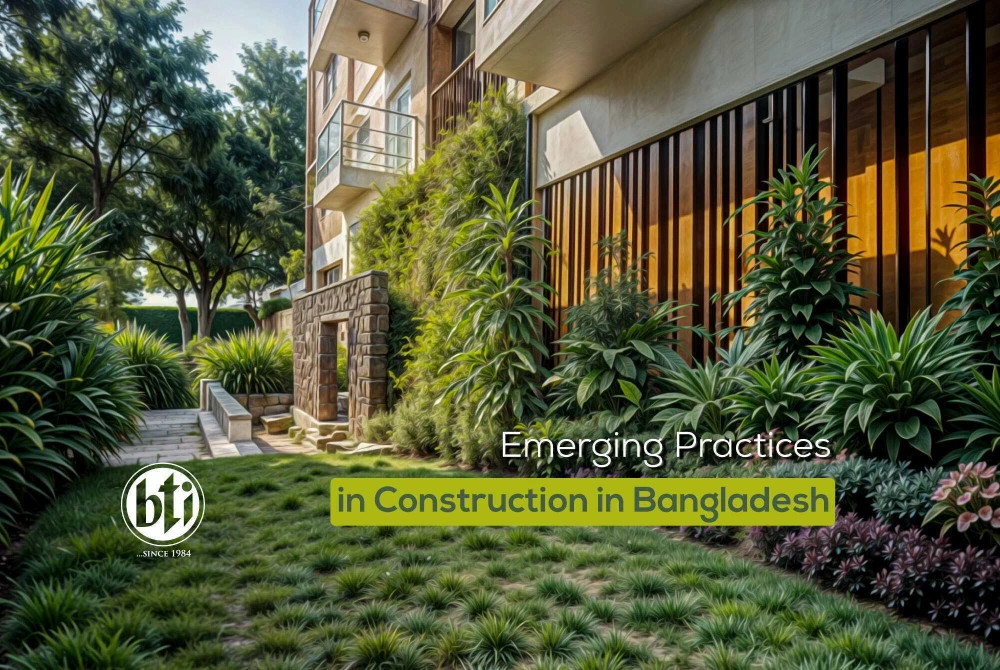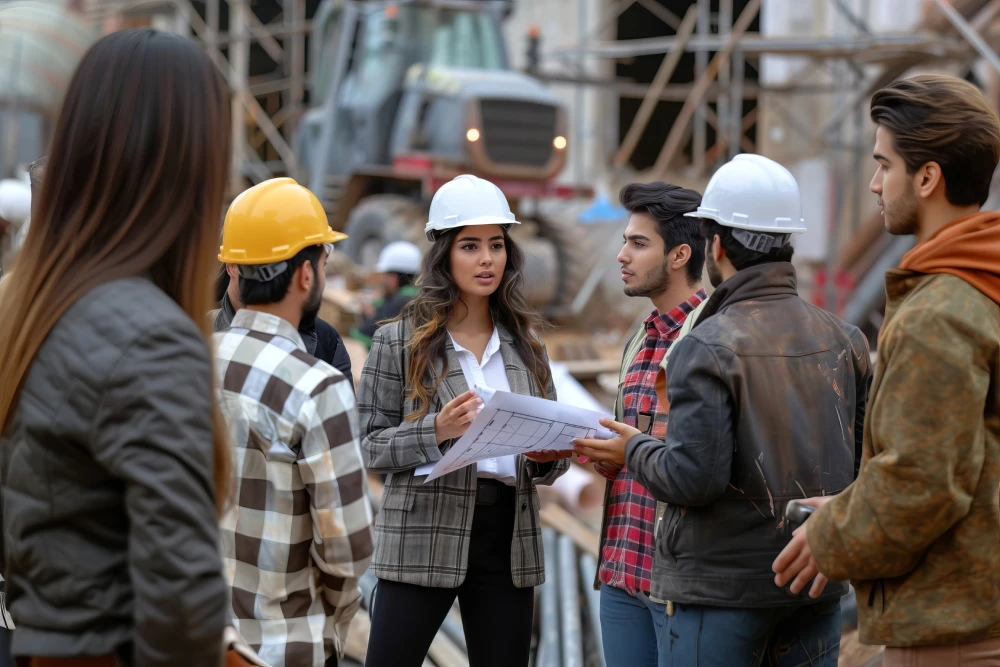
Bangladesh experienced a sudden yet massive transformation this year, which is why the socio-economic landscape needs to be re-navigated by most existing companies and businesses. One of the biggest current trends is the fact that the world is trying to adapt to environmental issues by making the transition to sustainable construction. The transformation in the construction industry is being driven by economic growth, rapid urbanization, as well as the need for sustainable development. Several different practices are now beginning to emerge in the construction sector. All of these stand to enhance sustainability and efficiency of the industry and its practices on the whole.
Sustainable Building Products
Due to increasing environmental awareness in recent years, the construction and real-estate sectors are slowly but surely moving towards the use of building products that are sustainable in nature. This means that using them will not deplete all our natural resources, keeping the Earth still thriving for future generations. Materials like wood, bamboo, recycled steel, and even fly ash bricks are becoming more common. Materials produced by bti building products are also sustainable as they are made in an eco-friendly manner.
Precast, Modular Panels
From this year, bti has proudly begun to use precast hollow concrete panels, which are made using a foaming agent. This allows the structure to be 40 to 50% lighter than it would otherwise be. Using precast panels also allows for reduced transport costs as the panels are made at the construction site itself. Site and labor costs are also lesser due to the use of these panels, making these an even more cost-effective option than hollow blocks.
Smart Technology in Construction
Drones, Building Information Modelling (BIM), and even 3D printing are just some of the technological advances that are becoming more common in construction processes. While the use of BIM can help minimize the margin of error by allowing for detailed visualization and planning, drones can be used to do surveys by air. This, in turn, can be used for detailed site assessments and keep[ing track of the progress real-time. These tools, in combination, can help improve the bigger picture of project management in the long run.
Green Building Practices
Many architectural firms are leaning towards a more sustainable approach to architecture. This is where the concept of green building practices comes in. Green building, or sustainable architecture, can increase the focus on energy efficiency, while also reducing the negative impacts on the environment. The Bangladesh Green Building Council, for example, promotes sustainable design principles, using innovative methods like solar panels, natural ventilation and rainwater harvesting to decrease the total energy consumed, leading to the creation of a living environment that is much healthier.

Development to Engage the Community
Lately, many real estate companies are putting an emphasis on involving the local populations or communities to increase their participation, foster a sense of ownership, and strengthen the ties that bind a community together. Participatory design processes are also being used to make sure that buildings are not just mere structures that house people. Rather, they are meant to reflect cultural values, while simultaneously serving their intended purpose.
As a country, Bangladesh is currently at the precipice of a new era, trying out innovative new practices that promise to transform its future. From sustainable building products to green building practices and community engagement; every tool that is being used in the construction industry is giving it a unique edge like never before. As Bangladesh continues to become more urbanized and expand, all of these practices related to sustainable construction will begin to reflect a more wholesome approach towards development. These will, in turn, help ensure that construction is meeting the needs of the masses, while also fulfilling its socio-economic responsibility. The potential for growth in this sector is massive, provided that it can be nurtured properly and given the right tools to grow freely.